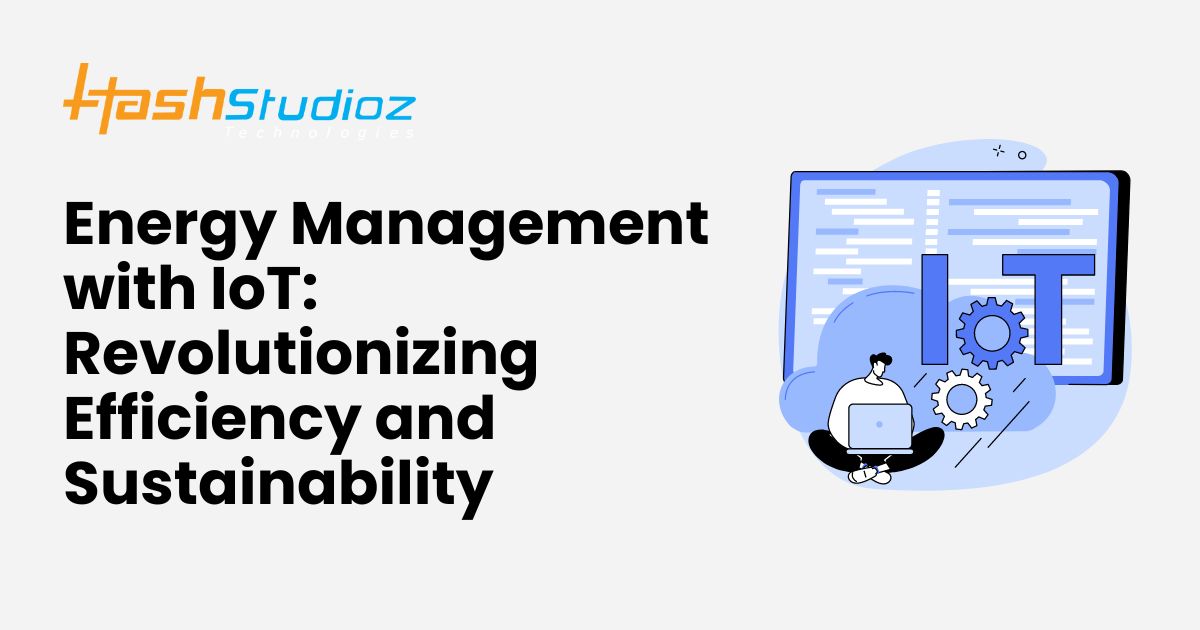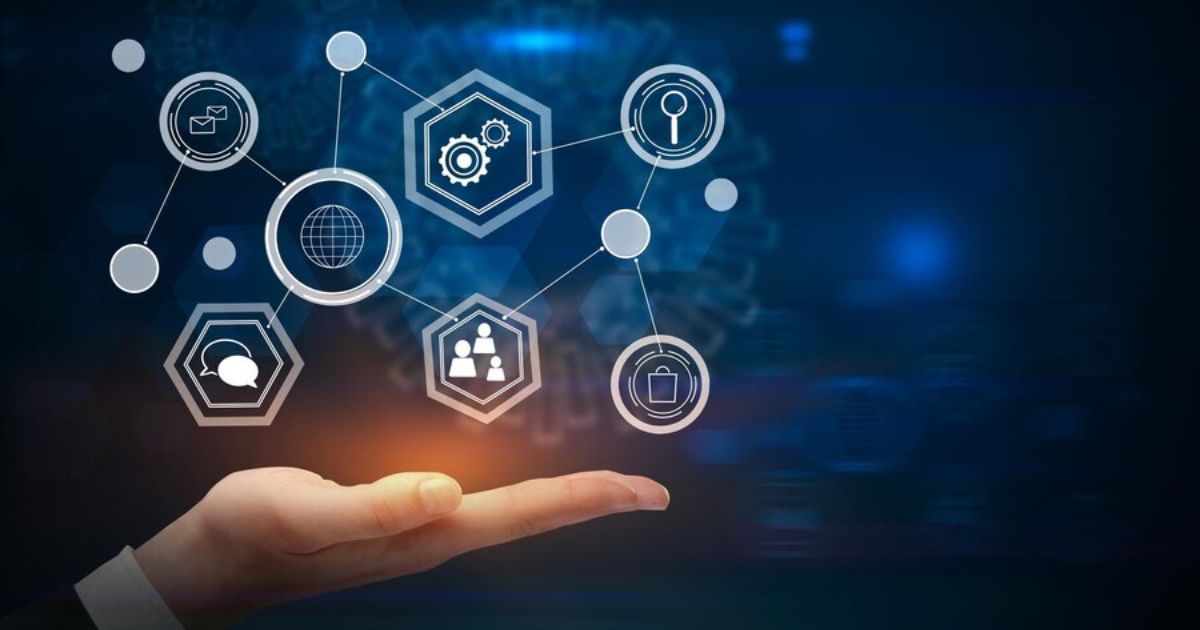In the ever-evolving landscape of the Internet of Things (IoT), staying ahead of the curve is essential for businesses, developers, and consumers alike. As we step into 2023, it’s crucial to keep a keen eye on the IoT software trends that are shaping the future of this transformative technology. This article delves into the top IoT software trends to watch in 2023, with a particular focus on the role of IoT Development Companies in driving innovation and growth.
1. Edge Computing Integration
Bringing Intelligence Closer to the Source
One of the most significant trends in IoT software development for 2023 is the integration of edge computing. Edge computing involves processing data closer to the source, reducing latency, and improving real-time decision-making in IoT systems. IoT Development Companies are increasingly adopting edge computing to enhance the efficiency and responsiveness of their applications. For instance, in manufacturing, edge computing can optimize predictive maintenance by analyzing sensor data locally, reducing downtime and maintenance costs.
2. AI and Machine Learning Integration
The Power of Data-Driven Insights
Artificial intelligence (AI) and machine learning (ML) are becoming essential components of IoT software. By leveraging AI and ML, IoT systems can analyze vast amounts of data generated by connected devices to extract actionable insights. For example, in healthcare, wearable devices can monitor patient health, and AI-driven algorithms can detect anomalies and send alerts to healthcare providers or patients themselves. IoT Development Companies are investing heavily in AI and ML to make IoT applications smarter and more adaptive.
3. Security Enhancements
Guarding Against Evolving Threats
Security remains a top concern in the IoT landscape. With an increasing number of connected devices, the attack surface for cyber threats has grown substantially. In 2023, IoT software development will place a strong emphasis on security. IoT Development Companies will implement advanced encryption, authentication mechanisms, and continuous monitoring to protect data and devices. Blockchain technology is also being explored to enhance the security and transparency of IoT networks.
4. 5G Connectivity
Fast and Reliable Communication
The rollout of 5G networks is set to revolutionize IoT connectivity. With faster speeds, lower latency, and increased capacity, 5G will enable a new generation of IoT applications. IoT Development Companies will leverage 5G to support real-time applications, such as autonomous vehicles, remote surgeries, and augmented reality experiences. This trend will usher in an era of seamless and reliable connectivity for IoT devices.
5. Sustainability and Green IoT
IoT for a Greener Future
Sustainability is a growing concern globally, and IoT has a role to play in creating a more eco-friendly world. IoT Development Companies are developing software solutions that focus on environmental monitoring, resource optimization, and energy management. For instance, smart grids can balance energy supply and demand efficiently, reducing wastage. IoT software trends in 2023 will reflect a commitment to green IoT solutions.
6. Interoperability Standards
Fostering Seamless Integration
To realize the full potential of IoT, devices from different manufacturers must be able to communicate and work together seamlessly. Interoperability standards like MQTT, CoAP, and OPC UA are gaining prominence. IoT Development Companies are adopting these standards to ensure that their solutions can integrate with a wide range of devices and platforms, promoting interoperability and ease of use.
7. Low-Code and No-Code Development
Simplifying IoT Application Development
As the demand for IoT applications grows, there is a need for faster development cycles. Low-code and no-code development platforms are gaining popularity in IoT software development. These platforms allow developers and even non-developers to create IoT applications with minimal coding. IoT Development Companies are embracing these tools to accelerate the deployment of IoT solutions.
Conclusion
In 2023, the IoT software landscape is poised for significant advancements, driven by the innovation and expertise of IoT Development Companies. Edge computing, AI, and machine learning integration, enhanced security measures, 5G connectivity, sustainability efforts, interoperability standards, and the adoption of low-code and no-code development platforms are among the key trends shaping the future of IoT.
To stay competitive and harness the full potential of IoT, businesses and developers should closely follow these trends, partner with IoT Development Companies that embrace them, and adapt their strategies accordingly. As IoT continues to evolve, these trends will be instrumental in shaping a more connected, intelligent, and sustainable world.




